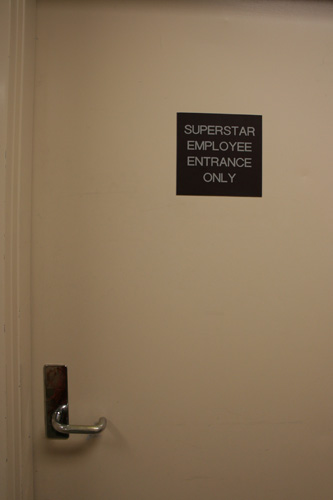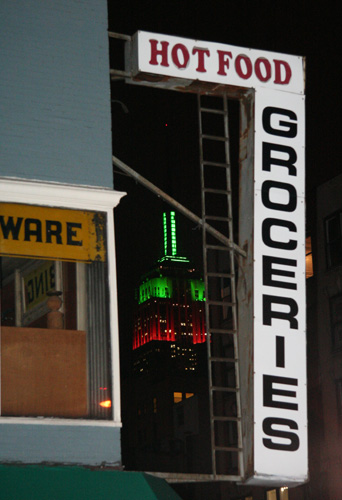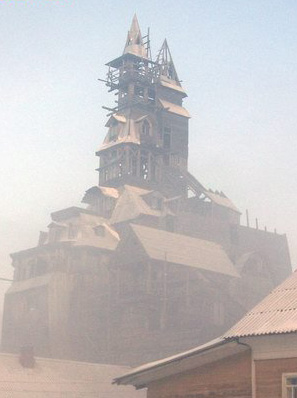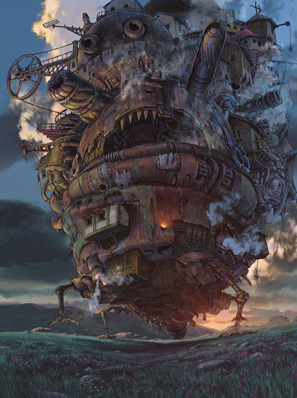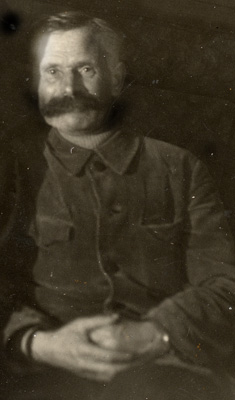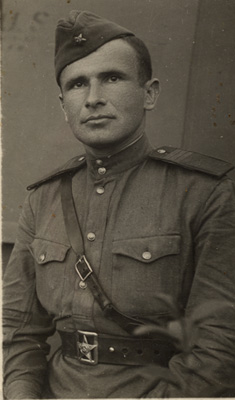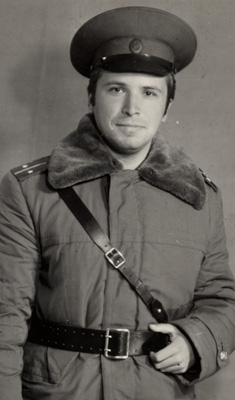In the former Soviet Union, cognac was the expensive booze of choice, while whiskey was relatively unknown. Technically, you can only call cognac the brandy from Cognac in France, but the Soviets did not care much about that, already abusing Appellation d’Origine Contrôlée with Soviet Champagne.
In any case, high end Armenian brandy was considered the ultimate drink. Armenians were one of the first to invent the alcohol distilling technology, and Armenian brandy, by the way was the very same drink that Odysseus used to knock out the Cyclops.
The reason I remembered all this, is because two news articles reminded me of a Russian saying: to a pessimist cognac smells like bedbugs, to an optimist – bedbugs smell like cognac. Good cognac has a rather peculiar smell, and some say that it smells exactly like squashed bedbugs. Although I smelled cognac often enough, I’ve never smelled squashed bedbugs. Thus I can’t really say if the saying is true, or just an artifact of crappy Soviet cognac.
Consider the contrasts:
In Zimbabwe people are eating rats:
“Twelve-year-old Beatrice returns from the fields with small animals she’s caught for dinner.
Her mother, Elizabeth, prepares the meat and cooks it on a grill made of three stones supporting a wood fire. It’s just enough food, she says, to feed her starving family of six.
Tonight, they dine on rats.
“Look what we’ve been reduced to eating?” she said. “How can my children eat rats in a country that used to export food? This is a tragedy.””
Zimbabwe’s ambassador to United States, Machivenyika Mapuranga, told CNN on Tuesday that reports of people eating rats unfairly represented the situation, adding that at times while he grew up his family ate rodents.
“The eating of the field mice — Zimbabweans do that. It is a delicacy,” he said. “It is misleading to portray the eating of field mice as an act of desperation. It is not.” “
It’s hard to be optimistic about rat eating, but I guess it’s not as difficult for Mr. Mapuranga.
On the other hand, it’s probably pretty hard to be pessimistic about gourmet food served in some Manhattan soup kitchens:
“The multicourse lunch that Michael Ennes cooked in the basement of Broadway Presbyterian Church last week started with a light soup of savoy and napa cabbages. The endive salad was dressed with basil vinaigrette. For the main course, Mr. Ennes simmered New Jersey bison in wine and stock flavored with fennel and thickened with olive oil roux.
But some diners thought the bison was a little tough, and the menu discordant.
“He’s good, but sometimes I think the experimentation gets in the way of good taste,” said Jose Terrero, 54. Last year, Mr. Terrero made a series of what he called inappropriate financial decisions, including not paying his rent. He now sleeps at a shelter. He has eaten at several New York City soup kitchens, and highly recommends Mr. Ennes’s food.”
The gourmet soup kitchen chef is an optimist though:
“Despite the care he puts into his cooking, he doesn’t mind a little criticism.
“They’re still customers, whether they’re paying $100 a plate or nothing,” Mr. Ennes said. “One thing we do here is listen to people and let them complain. Where else can a homeless person get someone to listen to them?” “
I grew up with the Soviet media feeding me horror stories about life in America, and I know that indeed, looking at the world through the eyes of reporters is “looking through a glass darkly“. I trust the CNN reporter over the Zimbabwian politician because the latter has a much keener interest in misrepresenting the reality. But on the other hand, the efforts of the New York Times reporter to find the several homeless critiquing the free gourmet cuisine seem a little artificial. I bet 99% of them were rather grateful for tasty meals. But then, I don’t doubt that the New York City homeless can be rather picky — I’ve seen some refusing and even throwing offered food at the would be Good Samaritans.


